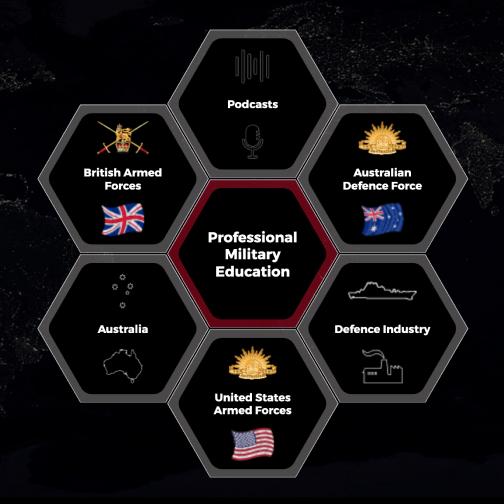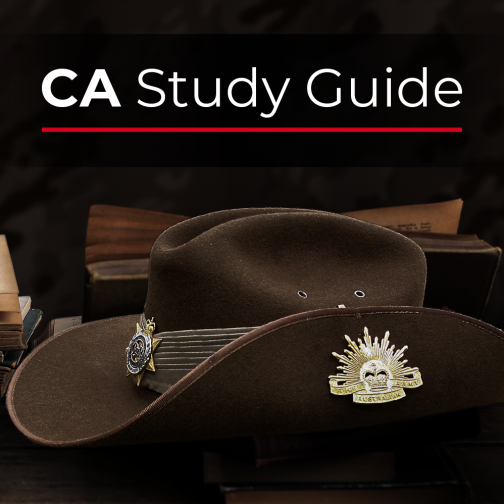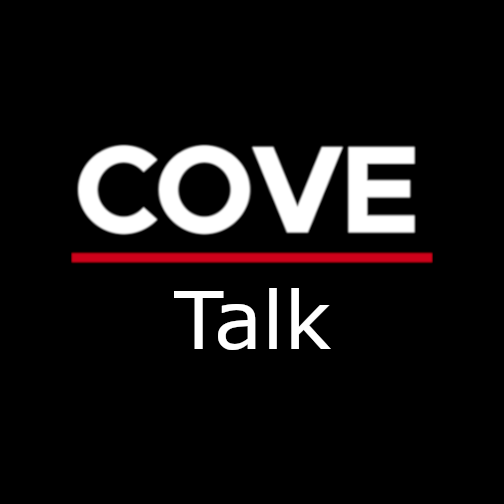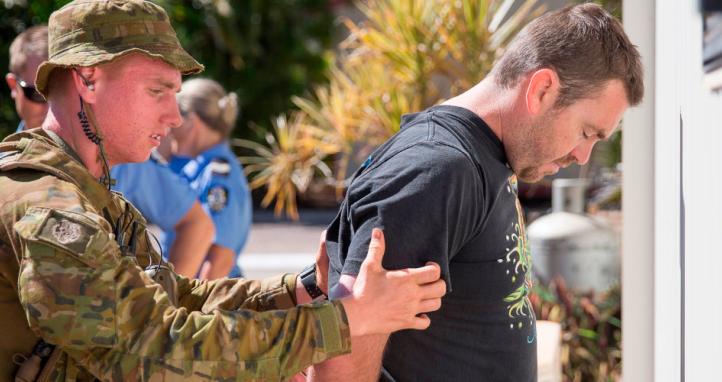Facts and figures
| Total military personnel | 569,000 |
| Total military expenditure | $USD 46.37 billions |
| Military expenditure as a percentage of GDP | 2.72% |
| Military expenditure as a percentage of total Global expenditure | 1.90% |
The ‘Know Your Region’ series is designed to support unit and individual professional military education on the Indo-Pacific region. It’s important for all serving members of our military to have a foundational knowledge of the countries and issues in the Indo-Pacific.
On this page:
- A short History
- Military strength
- Military cooperation
- US
- Australia
A Short History
The Republic of Korea Army (ROKA) was established when South Korea became an independent state in 1948. Two years later, on the 25th of June 1950, North Korea launched a surprise invasion, quickly overwhelming South Korean forces, which were under-equipped and poorly trained. South Korea’s military suffered heavy losses in the first few months, with North Korean troops capturing Seoul within days. The situation changed when the United Nations, led by the U.S., intervened to support the South, pushing the North Koreans back beyond the 38th parallel. The entry of Chinese troops into the war in late 1950 led to another shift in momentum, but not enough for either side to achieve victory. The result was a long, bloody stalemate with heavy battles fought along the 38th parallel. The fighting ended in 1953 with the signing of an armistice, leaving South Korea and North Korea technically still at war.
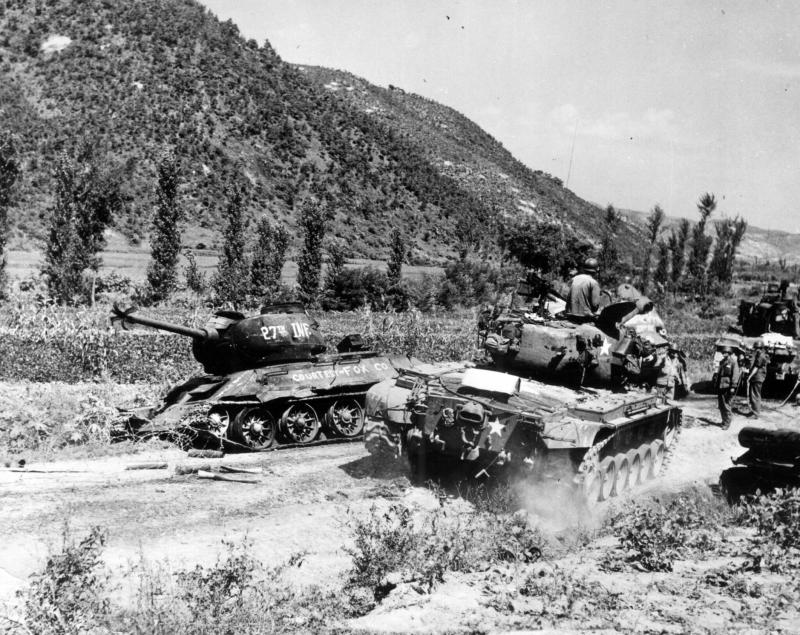
Image: Source – Warfare History Unit
Following the war, South Korea relied heavily on U.S. assistance to rebuild its armed forces. The military expanded in size and capability, receiving modern equipment and training to prevent another North Korean invasion. The military took on a political role when general Park Chung-hee, who had served in the Japanese and South Korean armies, took the presidency in a 1961 coup. Under Park’s leadership (1961-1979), the military received massive investments and was used for external security and to maintain internal control.
South Korea played a large role in the Vietnam War, deploying over 320,000 troops between 1964 and 1973, the second-largest foreign contingent after the U.S. South Korean troops earned a reputation for their combat effectiveness, especially in counterinsurgency operations. During the 1970s, South Korea started developing its domestic defence industry, reducing dependence on U.S. weapons. It established the Agency for Defence Development (ADD) in 1970, leading to the production of indigenous weapons such as the K1 battle tank and the Daewoo K2 assault rifle.
The 1990s marked a turning point for South Korea's military as the country transitioned to democracy. Under President Kim Young-sam (1993-1998), reforms reduced military influence over politics, making the armed forces more professional and focused on external defence rather than domestic control.
Following the 9/11 attacks in the US, South Korea expanded its military role by participating in several international peacekeeping missions in Iraq, Lebanon, and the Gulf of Aden. Meanwhile, tensions with North Korea escalated, particularly after North Korea conducted nuclear tests in 2006 and 2009. In 2010, two major North Korean attacks highlighted the ongoing threat posed by the North Korean regime. In March, the ROKS Cheonan was sunk killing 46 sailors, and in November Yeonpyeong Island was fired upon killing 4 people. This led South Korea to further increase defensive measures and military spending, including developing indigenous long-range missiles.
Military Strength
Today, South Korea has one of the most technologically advanced militaries in the world. It has developed its own 5th-generation fighter jet (KF-21 Boramae), enhanced its ballistic missile program, and strengthened its cyber and space warfare capabilities.
As of 2024, the South Korean military has around 500,000 active personnel, making it the 5th largest standing army in the world. It also has a reserve force of approximately 3.1 million. The Armed Forces are divided into four major branches:
- Republic of Korea Army (ROKA) – The largest branch, responsible for ground operations and border security.
- Republic of Korea Navy (ROKN) – Includes the Marine Corps and focuses on maritime defence.
- Republic of Korea Air Force (ROKAF) – Responsible for aerial defence and surveillance.
- Republic of Korea Marine Corps (ROKMC) – A rapid deployment force trained for amphibious operations.
With a defence budget of over $50 billion annually (approximately 2.4% of GDP), South Korea is one of the highest-spending nations on defence. It has developed its own military technology, including the K2 Black Panther main battle tank, K9 Thunder self-propelled howitzer, and KF-21 Boramae fighter jet. It also has a powerful missile defence system, including Hyunmoo ballistic missiles and the KAMD (Korean Air and Missile Defence) system. The ROK Air Force has over 800 aircraft, including advanced fighters like the F-35A stealth jets, F-15K Slam Eagles, and FA-50 light fighters.
Military Cooperation
America
The U.S. is South Korea’s most important military ally. The relationship dates to the Korean War (1950-1953) when South Korean and American Troops fought side by side. The U.S.-ROK Mutual Defence Treaty of 1953 established a formal alliance that guarantees U.S intervention if South Korea is attacked. The United States Forces Korea (USFK), consisting of approximately 28,500 U.S. troops, remains stationed in South Korea at Camp Humphries, a massive installation spanning 2,328 acres.
Over decades, the two nations have conducted many joint military exercises, such as Foal Eagle, Ulchi Freedom Shield, and Vigilant Storm. These drills, while defensive in nature, often provoke strong reactions from North Korea. One altercation occurred on the 10th of March 2025, when North Korea fired a series of ballistic missiles into the sea during ‘Exercise Freedom Shield’. This followed an incident where a South Korean jet pilot accidentally fired on a rural village, injuring 15 people. In a public statement, North Korea’s foreign minister branded the exercise a provocation and a rehearsal for an invasion of the North.
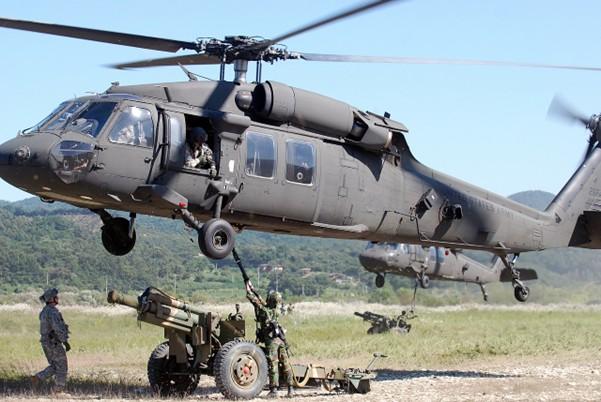
Image: Slingloading South Korean 105 mm howitzers to an American UH-60 Black Hawk helicopter based out of Camp Humphreys.
Australia
Australia and South Korea share key security interests for peace and stability in the Indo-Pacific region. The Australian Defence Force (ADF) regularly participates in exercises with the South Korean Military, bilaterally and multilaterally with regional partners.
South Korea has participated in Exercise TALISMAN SABRE since 2021 and Ex PITCH BLACK since 2022. The Royal Australian Navy makes regular ship visits to South Korea and has participated in the bilateral maritime exercise HAEDOLI WALLABY since 2012. A new annual bilateral infantry exercise TIGER DINGO commenced in 2024.
In 2021, South Korea signed an AUD $1 billion defence deal with Australia, selling self-propelled howitzers and ammunition resupply vehicles. The deal marked South Korea’s largest-ever military export to Australia.
On 19 October 2023 at the Australia-ROK Defence Ministers’ Meeting in Seoul, Service-to-Service MOUs were signed between South Korea’s Navy, Army and Air Force and the Royal Australian Navy, Australian Army and Royal Australian Air Force to facilitate deeper defence cooperation.
For more information on South Korea’s Military, see the resources below:
Videos:
Articles:
Know your region
Know Your Region series gives you a shortcut to understanding other nations in the Indo-Pacific region.
